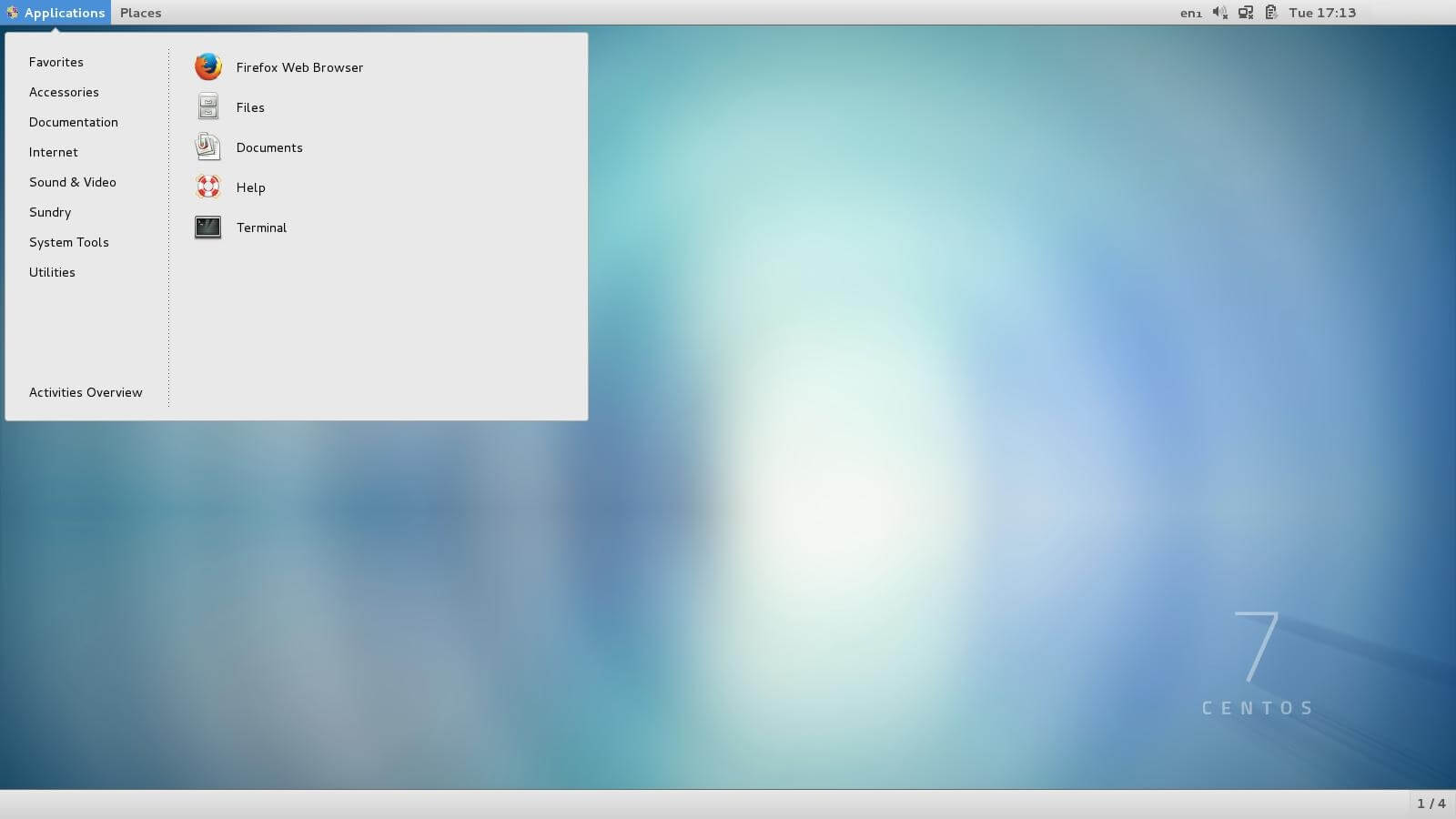

Over a dozen Rolls have been created, including the Sun Grid Engine (SGE) roll, the Condor roll, the Lustre roll, the Java roll, and the Ganglia roll.īy October 2010, Rocks was used for academic, government, and commercial organizations, employed in 1,376 clusters, on every continent except Antarctica.

The "Rolls" extend the system by integrating seamlessly and automatically into the management and packaging mechanisms used by base software, greatly simplifying installation and configuration of large numbers of computers.

Installations can be customized with additional software packages at install-time by using special user-supplied CDs (called "Roll CDs"). Rocks includes many tools (such as Message Passing Interface (MPI)) which are not part of CentOS but are integral components that make a group of computers into a cluster. Rocks was initially based on the Red Hat Linux (RHL) distribution, however modern versions of Rocks were based on CentOS, with a modified Anaconda installer that simplifies mass installation onto many computers. It was initially funded in part by an NSF grant (2000–07), but was funded by the follow-up NSF grant through 2011. It was started by National Partnership for Advanced Computational Infrastructure and the San Diego Supercomputer Center (SDSC) in 2000. Rocks Cluster Distribution (originally NPACI Rocks) is a Linux distribution intended for high-performance computing (HPC) clusters. National Partnership for Advanced Computational Infrastructure, SDSC, UCSDħ.0 (Manzanita) / December 1, 2017 5 years ago ( ) ( August 2022) ( Learn how and when to remove this template message) Several templates and tools are available to assist in formatting, such as Reflinks ( documentation), reFill ( documentation) and Citation bot ( documentation). Please consider converting them to full citations to ensure the article remains verifiable and maintains a consistent citation style. This article uses bare URLs, which are uninformative and vulnerable to link rot.


 0 kommentar(er)
0 kommentar(er)
